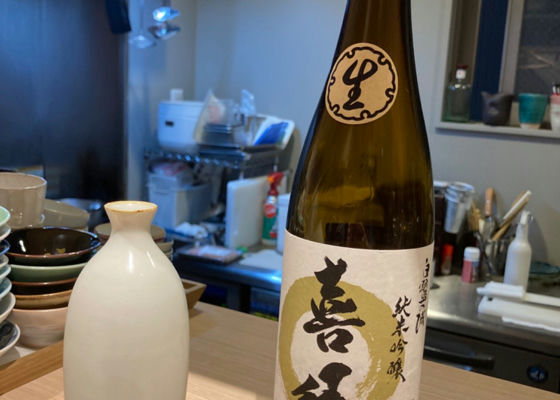
SakenowaRecord your sake experiences and discover your favorites
白鷺の城白鷺の城
Flavor Chart®
A chart created from flavor analysis of user comments.

Flavor Tags ®
Tags generated from flavor analysis of user comments.
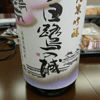
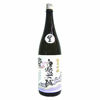
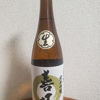
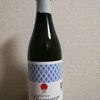
Popular Comments
We opened a bottle at the office. This is the first time we have had "Shirasagi no Shiro", another name for Himeji Castle. At first I drank it at room temperature, and from the second glass I drank it on the rocks, and I could feel the gentle sweetness of the sake. The taste reminded me of Tengu Mai's Yamahai brewing. I'd like to try it warmed.
Japanese>English
The location changed and we went to Hyogo Sake EXPO 2022, a local sake event in Hyogo, at Kobe Hankyu.
I tasted a regular product, a draft version. I had tasted the hi-ire version before, so I wondered what the draft version was like.
It was easier to drink than the hi-ire version, but not to my taste. I prefer the Shirasagi no Shiro (castle of the egret), which is made with Nojoho.
Japanese>English
Brands from Tanaka Shuzojo
Meitomasamune白鷺の城
Similar Brands
We analyze the flavors based on everyone's comments and select similar brands.
Location
3-chōme-583 Hirohataku Honmachi, Himeji, HyogoOpen in Google Maps
Timeline

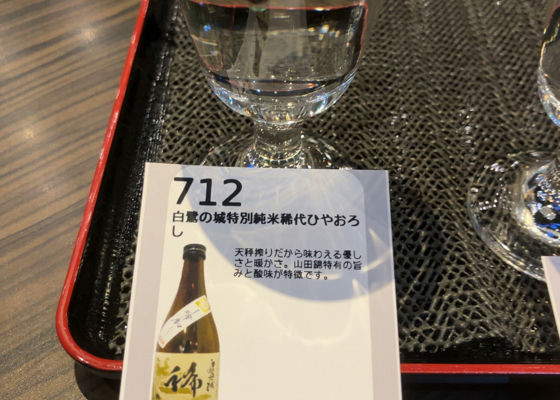
we015010
Polishing ratio 60
16% Alc
Slightly dry
Fruity flavor with the umami of rice
Smooth texture
Japanese>English



bouken
Purchased at the HYOGO SAKE EXPO. The top aroma is slightly woody. It is a type of sake that focuses on the umami of rice without being flashy or impactful. The spiciness in the latter half of the aroma is quite sharp. Overall, it tastes like Shirasagi no Shiro (castle of the egret), but I think I prefer the one made with Nojoho.
I think it's quite dry among all the Shirasagi no Shirojo I've had so far.
I should have bought the Hiyahiroshi that they brought to Takashimaya because it was actually a draft.... I remember the hiyaoroshi was easier to drink 🤔.
I think it would be better if it was at room temperature, so it would have more acidity.
It tastes better after a few more days.
It has plum and creamy nuance.
Japanese>English

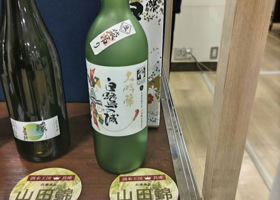

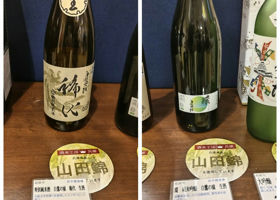
ねむち
HYOGO SAKE EXPO 2023" (15)
Tanaka Sake Brewery "Shirasagi no Shiro" Himeji City, Hyogo Prefecture
Founded in 1835.
The brewery uses the oldest type of equipment called "Ishikake-shiki Tenbin Shibori," of which only five are in operation in Japan.
Shirasagi-no-jo" was recommended by bouken-san at Takashimaya. This time, they were serious about their lineup.
Special Junmai Shirasagi-no-jo Rare Generation Nama Sake
Fresh and acidic, but mellow and my favorite type.
Junmai Ginjo Shirasagi-no-jo Nama Sake
Made from organically grown Yamadanishiki with reduced use of pesticides. It has a clear, umami taste with a surprisingly spicy aftertaste.
Junmai Daiginjo Shirasagi-no-jo.
The actor Koichi Sato was given this sake to celebrate the crank-up of the movie "Haru ni Harirau" (or was it "Haru ni Harirau"?). He even showed me a picture of it. This is a very delicious high-class sake.
Daiginjo Shirasagi no Shiro (castle of the egret) Nama-shu, bag suspension.
It has a fruity taste, not like a well-prepared daiginjo.
Chateau SHIRASAGI 65
The main taste is a slight sweetness, with a firm acidity. The overseas label version of [Meito Masamune Ototen].
I heard that they recommended this sake to the governor of Hyogo Prefecture, but I don't remember much about it 🤣.
Japanese>English
bouken
I just watched the video again and you are involved with the governor including yourself 🤣.
They are going to bring Misato Nishiki sake to the event in Kobe next week 😳It's an interesting brewery that uses Kame-no-o 🤔.
Japanese>English
ねむち
bouken, good evening 🌛If you look at the video objectively, you were involved in the guts 🤣If you were drunk, that's possible 👍This warehouse was recommended by bouken, and now I finally understand 😊It is quite interesting ❗
Japanese>English
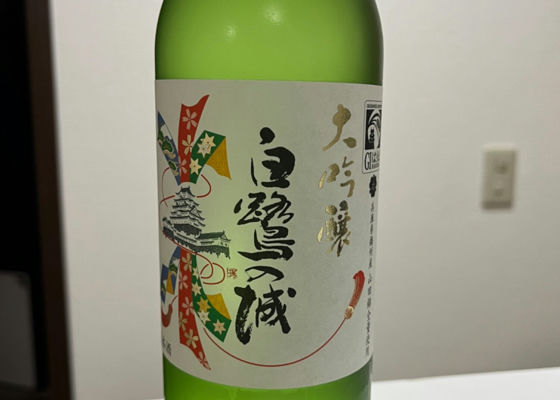
DKS
I got it as a gift and drink it at home.
It tastes good with a clear, medium-hot taste!
Japanese>English




bouken
HYOGO SAKE EXPO 2023④.
Unlike the Takashi Maya Sake Festival, Tanaka Sake Brewery had a serious lineup of a wide range of high-end sake. They did not bring their famous sword Masamune this time 😥.
The sake we tasted were
Rare Generation Special Junmai Nama (not pictured)
Daiginjo bag-hanging nama-shu
Junmai Ginjo Nama Sake
Junmai Daiginjo Enyui
Junmai Daiginjo Enyui
I've visited this place twice, and the second time the Governor of Hyogo Prefecture was here, so I got caught up in the hustle and bustle and tasted the same expensive one the Governor was drinking 😁.
The Daiginjo Fukuro-hozuri was fruity, without any alkaloids, and extremely tasty. The Daiginjo Fukurohuri is usually fire-aged, but for this event, they served it as Fukurohuri Nama-zake. Hankyu asked them to price it at 5,000 yen, but they brought it at 3,980 yen because they were serving it at this price in their hometown.
Enyui is made with 20% polished rice! I had heard rumors about it but never thought I could drink it.
The ring is an SDGs-style sake that is cyclical. It is a joint project between sake breweries, rice farmers, and the Kobe Shimbun, and more and more breweries are joining the project every year. I think it was an easy-drinking sake.
Rare Generation is a Tenbin pressed sake. This was the one I was looking for this time, so I bought it without hesitation.
Japanese>English
ルテルテミ
Hi bouken 😁.
I liked this brewery's sake when I tasted it at Takashimaya.
I liked the sake from this brewery when I tasted it at Takashimaya. I'm sure the sake you bought is a good one 😆.
Japanese>English
bouken
Hi Lutemi 😃
I guess I was in the mood for a lot of expensive sake 😅.
The sake we bought was delicious, but the Daiginjo Fukuro Hanging was so good 😋.
Japanese>English


bouken
Takashimaya Sake Festival ⑫
The last stop was Tanaka Sake Brewery.
I came by the booth once, but it was crowded, so I slipped in just before the end of the festival.
I really wanted Nemuchi to have some garden sake... 😁.
The sake we tasted was
Shirasagi-no Shiro Garden Sake, Nama Hashiroshi (no picture)
Shirasagi no Shiro Junmai Ginjo Ki-en
Shirasagi no Shiro Junmai Ginjo Kiyori Hiyoroshi
The garden sake is acidic but well-balanced and easy to drink.
It is the easiest to drink among the garden sake. I didn't take a picture of it because I drank it at home in the past.
Chushingura and Banshu Issen garden sake are Ranshu 🤣.
Karoku is a sake made from a rare rice called Nojoho.
I believe it was tenbin pressed.
I've had Karoku in the past, and it has a unique flavor that I find addictive. Personally, I prefer hiyaoroshi (cold brewed sake) because of its gentle sweetness.
That's all for the 12 breweries I visited in about 1 hour and 10 minutes.
I stayed there for 3 hours.
Japanese>English
ねむち
bouken, here too 😊The garden wine from Egret's Castle was delicious 😋I was suddenly curious about the other weirdo garden wine 🤣Thank you for your time 🙇I'm sorry for dragging you into this 🙏😅.
Japanese>English
bouken
Good evening, Nemuchi 😃.
Garden sake, I heard that Chushingura is usually fire-brewed, so maybe the raw one I drank just happened to be perverted 🤔.
Banshu Issen is a real orchid sake 🤣.
Please let me keep you company 🙏🤣.
Japanese>English
ポンちゃん
bouken, good job on completing your Takashimaya post after Hankyu 😊👍.
12 breweries in that time 😳‼️Nemuchi and you two are still awesome when you get serious 😆.
I like Banshu Issen, so I'd like to know what run sake tastes like, even though I'm scared 🤣!
Japanese>English
bouken
Good evening, Ponchan 😃.
Thank you ✨
I really rushed around and digested a lot 😁Banshu Issen no Niwasake is like drinking Sawan? I guess it's like 🤣.
Japanese>English

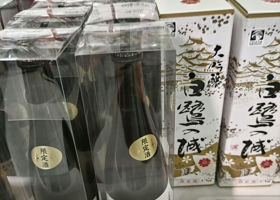

ねむち
The 20th brewery at the 6th Takashimaya Sake Festival
Finally, the last one❗.
Sorry for rambling on for so long 🙏.
Tanaka Sake Brewery "Shirasagi-no-jo" Himeji City, Hyogo Prefecture
KURA Master Platinum Award TOP 5 in Junmai Sake category
Special Junmai Sake "Meoto Masamune Otsuten" (Super sweet)
Winner of the Kura Master 2022 Gold Award
Junmai Ginjo Shirasagi-no Shiro
Kame-no-Kou 47
The brewer was already keeping some kind of ledger, and we rushed in at the last minute.
I was curious about "garden sake".
Apparently, several sake breweries in the Harima area are re-releasing "Niwa-shu," which is a sake made by researching and reproducing Japan's oldest brewing method.
Since "Chushingura Garden Sake" was recommended by Mr. Bouken as a peculiar and perverted sake, I had a glass of "Garden Sake" as well.
Shirasagi-no-jo: Garden Sake, Namahashime Junmai Sake
It has acidity, but it is not as assertive as I expected, and it seems to be well balanced.
Shirasagi no Shiro Junmai Ginjo Kien
Shirasagi no Shiro Junmai Ginjo Kien Hiyoroshi
I'm near my limit and can't remember the others 🤣.
I looked at the picture carefully and saw that there was [Special Junmai Sake Meoto Masamune Otten]. I wanted to try the super sweet one 💦.
That's all for 3 hours and 20 breweries✨
bouken, sorry for taking you around 😅.
Japanese>English
ポンちゃん
Nemuchi, good job on completing your post on the Sake Festival😊It was awesome to continue from the Hankyu! I also enjoyed seeing that you went with 😳‼️bouken with proper feedback on all of them 😆🎶.
Japanese>English
ねむち
Pon-chan, good evening 🌛I apologize again for the lengthy comment 🙇I can't give as accurate an opinion as you can, so I hope you can think of it as a conversation starter with Mr. Kurata 😅.
Japanese>English
bouken
Nemuchi, thanks for your contribution 🙋.
I'm glad you enjoyed the garden sake 😋.
The most peculiar garden sake is Banshu Issen, which is only available in Shiso City! That one might be worse than the orchid 🤣.
Please take me around again 🤣.
Japanese>English
bouken
It's a super sweet version of the famous sword Masamune, but when I've had it in the past, it wasn't as sweet as it sounds 💦.
Japanese>English
ねむち
bouken, good evening 🌛Thank you for your time 🙇The garden sake of Shirasagi no Shiro was well balanced and delicious 😋I'm too curious about the garden sake of Banshu Issen next 😁I would like to try Meito Masamune once too!
Japanese>English
うまいうまい
Nemuchi-san, good morning 🌈My favorite at this Takashimaya Sake Festival was this Tanaka Sake Brewery's White Walled Castle😄I hit it off with the proprietress ✌️ and bought a boxed turtle shell 💕I bought a boxed turtle shell 😅but I didn't drink the garden sake.
Japanese>English
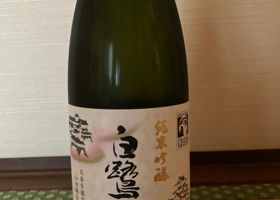
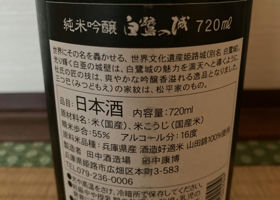
grant
Easy to drink and delicious with umami. Yamada Nishiki 55
Japanese>English
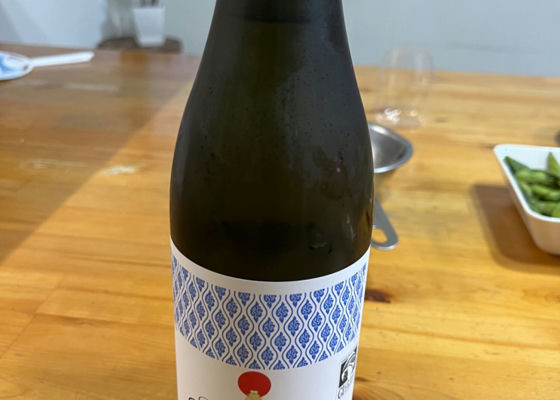
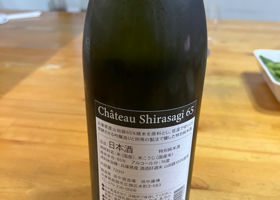

ひろりん
It is sweet, but also has a chili sensation when it goes down your throat.
The label is also stylish.
Japanese>English

くぼこうじ
Daiginjo, 35% rice polishing ratio
At room temperature
Clearly defined sweetness
No bitterness at all.
A little bit of spiciness can be felt afterwards.
Chilled
The sweetness stands out clearly.
Room temperature may be better for ease of drinking, but I got the impression that I could feel the deliciousness of this sake.
Japanese>English
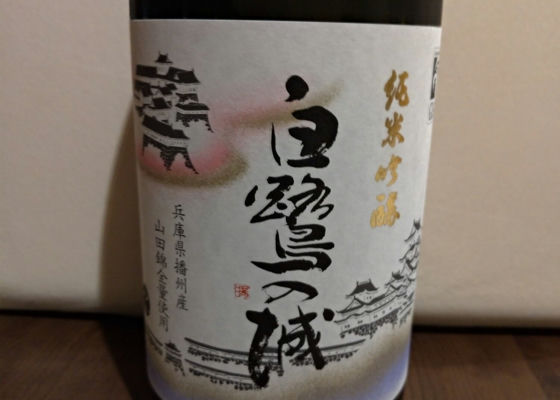
kawa
Sweet and sour, delicious cold, room temperature 312100
Elegant, fresh and sweet
Sake made entirely from Yamadanishiki produced in Banshu, Hyogo Prefecture
Japanese>English
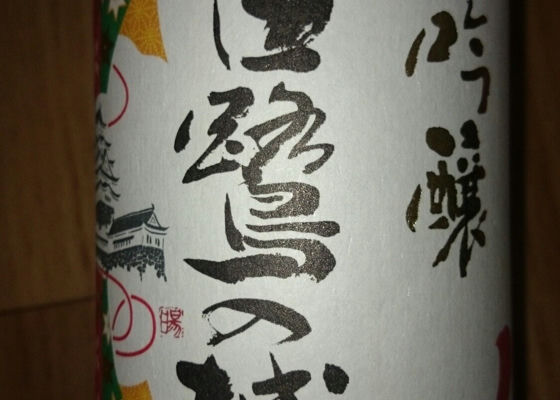
白鷺の城稀代 特別純米
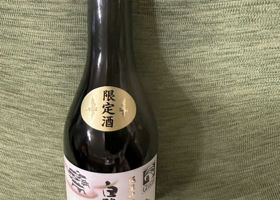
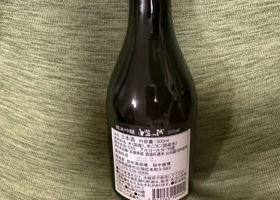
のぶのぶ
Delicious sake.
It may be a sake for souvenirs, but it tastes authentic.
It has a full-bodied taste, but it has a nice sharpness.
It is a sake that lingers in your mouth.
Japanese>English
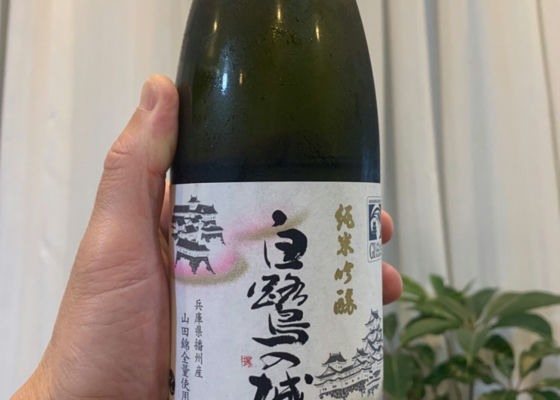
Fuma#9
Clear and fruity
easy to drink
Japanese>English
Masa
Apple aroma, grape flavor, a bit sweet
Japanese>English